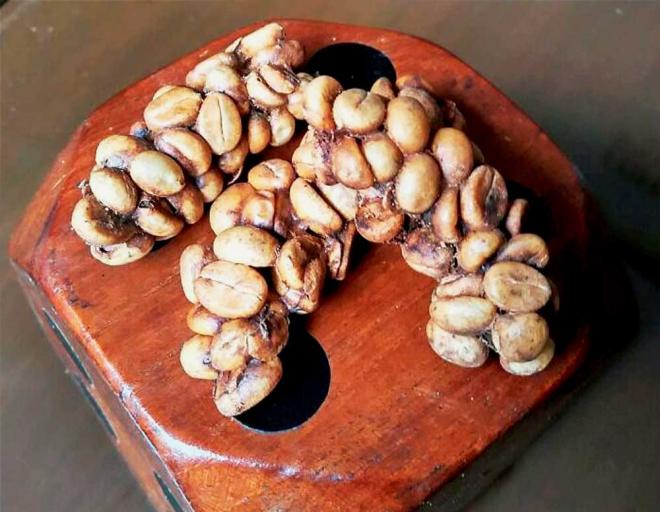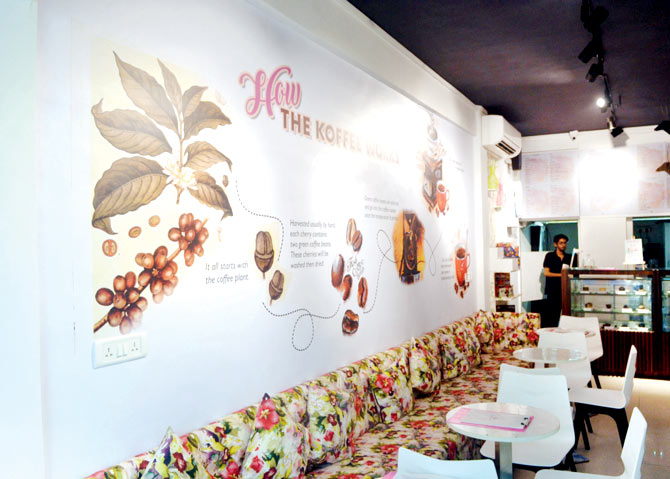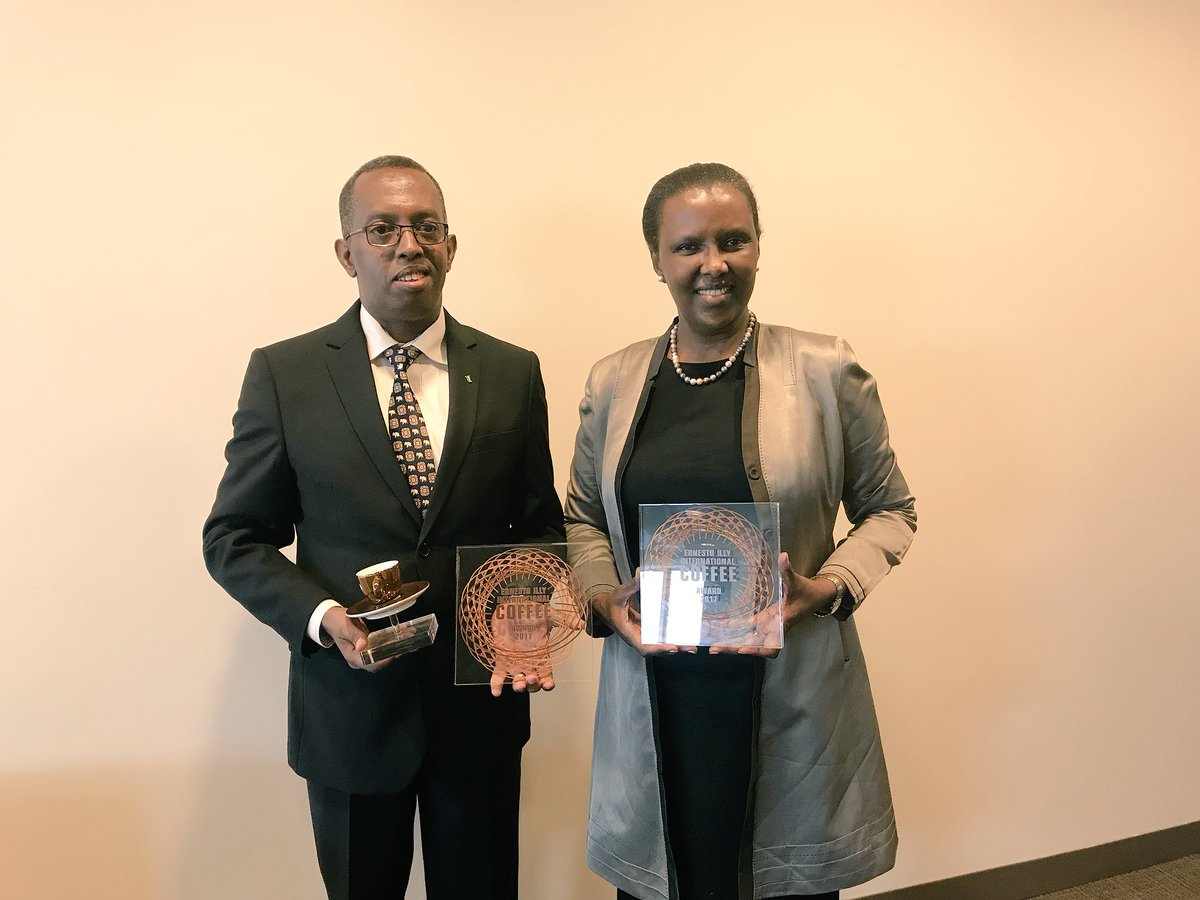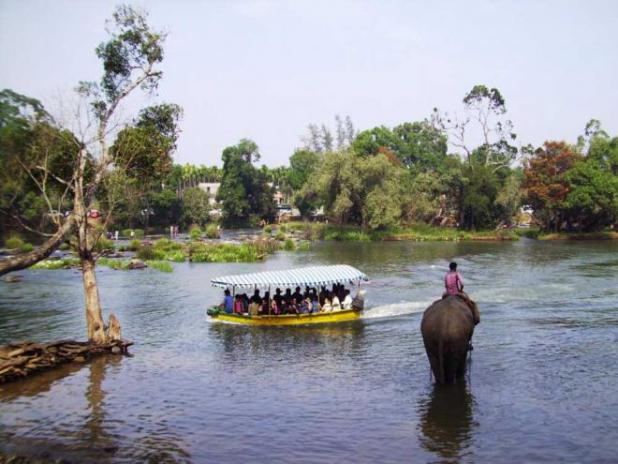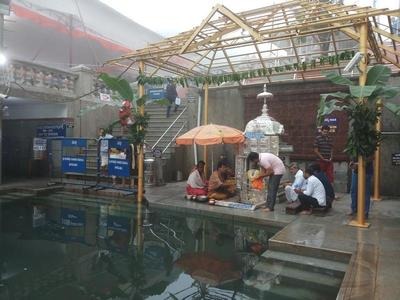September Edition, Special Story, NET Bureau, Sayantani Deb
Nagaland, even though is one of the most beautiful states of the Indian sub-continent, however, generally grabs the headlines for all the wrong reasons- especially due to the insurgency-related issues. Shedding off the negative colours, the state on July 27, 2017, made took a step forward when the Nagaland government signed a Memorandum of Agreement (MoA) with the South Africa-based Nobel Cause Company in order to promote the state’s coffee at an international stage. The initiative, in the next few years, is certain to alleviate Nagaland coffee to an all new height.
Chronicle of Coffee
Even though coffee development programme in the Northeast initially began in the 1960s, however, commercial cultivation of coffee began only in 1976. The main aim of initiating coffee plantation in the region was to wean out the age-old practice of jhum cultivation and prevent soil erosion. Jhum or shifting cultivation was mainly practiced among the various tribal groups of the region. In Nagaland, large scale coffee plantation was first introduced in 1980. The Nagaland Plantation Crops Development Corporation (NPCDC), in collaboration with the Coffee Board of India, was the pioneer agency to establish 2811 hectares of coffee- land in Nagaland in 1981. The initiative however failed due to lack of market avenues.
After the gap of over 35 years, the Nagaland government is again on its mission to revive its coffee sector. With Land Resource Department (LRD) as nodal department, government is taking up a number of coffee plantation drives in various districts of the state.
Nagaland produces two types of coffee— Arabica and Robusta. Arabica suits the higher altitude while Robusta (specie) suits in lower altitude areas. Over 760,000 coffees have been planted throughout the state with the target of another 700,000 in 2017.
Coffee Plantation in 1980s
In 1985-86 coffee cultivation was tried in Nagaland, but unfortunately due to lack of proper market linkage it could not succeed. Many villagers in all the districts have tried coffee plantation but they were discouraged as they couldn’t sell their product, also there was no motivation, they were not taught properly. As, a result many of the farmers destroyed their coffee plantation and went back to their jhum cultivation.
Coffee Board’s Version
Speaking to NET, Joint Director of Coffee Board of India (CBI) Extension, Guwahati Dr VR Gudde Gowda, said, “Nagaland is one of the first states in the Northeast to come forward in taking up coffee cultivation and thus gradually making a mark in world coffee map.”
According to Gowda, coffee cultivation will also protect forests and will conserve soil and water. “Coffee being a shade loving plant provides economic stability as alongside coffee other vegetables and crops could be easily grown,” says Gowda.
He also adds that he is quite hopeful that Nagaland will become a coffee producing state within a span of 4 to 5 years.
“Due to its default organic nature, Nagaland coffee has a huge scope. In this regard, we will see that Nagaland coffee gets recognition among coffee drinkers in the world. We will work out and do our best,” he added. Further getting candid, Gowda also shares the success story of Vietnam.
“In 1990s, Vietnam used to produce around 1 million ton of coffee per year. However, with various high-tech initiatives they went on to produce around 12 million tons in 2001,” he said. Presently Vietnam produces around 1,300,000 tons per year, which makes it the second largest producer of coffee in the world, only next to Brazil which produces about 2,249,010 metric tons of coffee per year.
Y. Kikheto Sema, DoLR Secretary
While speaking about the socio-economic impact of coffee plantation in Nagaland, LRD Secretary Y Kikheto Sema, says, “In Nagaland there is no possibility of large and medium scale industry. There is only possibility of agro-based industries.
“Nagaland is a blessed state. In spite of the fact that along with coffee, rubber cultivation in the state is also quite high, but interestingly the place where rubber is viable it is not viable for coffee, because rubbers grown in low altitude places while for coffee production high altitude are required,” Sema added.
In 2016, Nagaland earned around Rs 100 crores from rubber cultivation, and out of this around Rs 90 crores were collected from rural areas. Most of the rubber cultivators earlier were engaged in jhum cultivation. After switching the farmers are now earning far better and with this the transformation of socio-economic condition has been taken in rural areas.
Sema believes his transfer from Finance Secretary to LDR secretary was a blessing in disguise.
“I served Finance Secretary for 10 years, during a meeting with Chief Minister we came to know that the Land Resource Department of Nagaland was doing pretty well as compared to other departments. It was the wish of the Chief Minister TR Zeliang that the coffee plantation should be taken over by Land Resource Department from Horticulture department.”
In May 2016, Sema took over the charges of LDR secretary.
“During then, I was aware that this is a performing department and I also tried to motivate the officials, farmers through various trainings, awareness campaigns, visits etc,” he said.
During an interaction with officials Coffee Board of India (CBI), Sema requested them to provide technical assistance, seed coffees.
“Earlier, CBI provided us with 500 to 600kg seed coffee, but paying attention to our appeal, this year they have sent around 2400 kgs of seed coffee, these were distributed among the coffee farmers in all the 11 districts. Coffee seeds were mostly.”
Presently, LRD is maintaining a nursery of 2400kgs coffee seeds, which is giving over 60 lakhs saplings. The saplings will be planted in next May and will cover around 4200-4300hectares.
In order to encourage the coffee growers and provide them market linkage, Y Kikheto Sema on behalf of Nagaland government has signed a Memorandum of Agreement (MoA) with the South African based, Nobel Cause Company for a period of 30 years.
“Post completing all the formalities, around 7 metric tones which was purchased from coffee growers in Nagaland and stocked in Kolkata will offshore from Kolkata by September and is likely to reach Cape Town by November. Our main motto is to hit world market so that the Nagaland coffee receives the best price,” he said.
Planted and Bearing Area in the year 2016-2017
Planted Area
Arabica : 1751.65 H
Robusta : 223.90 HA
Total : 1975.55 HA
Bearing Area :
Arabica : 600 HA
Robusta : 50 HA
Total : 650 HA
Employment Opportunity
With the increase in coffee production, the employment opportunity will increase in the state, “Per hectare will direct give employment to at least 2 persons. According to CBI, soil and weather condition in Nagaland is very favourable for coffee production, so we feel that by 4th year coffee will start harvesting, which will generate employment to large number of young employed youths.”
LRD Secretary is also encouraging his officials to take up value additional crops, “Coffee is shade loving plants, Arabica requires about 60 percent of shades, we are also working out in the shade tree like black pepper, beetle nuts etc for sustainable development. We are hopeful that with this development there will be transformation in rural areas, living standards of the villagers will be improved, also will be able to give employment opportunity to educated youths.”
He further reveals that educated or semi educated Nagaland youths are now not interested in Jhum cultivation, but coffee is like a forest which can attract a lot of people.
Assistance from Coffee Board
• Expansion of coffee: To facilitate afforestation in Jhum lands and help the tribals on permanent footing, a subsidy of 50% were given to coffee growers. Normal unit cost is Rs 70,000 per ha.
• Consolidation of Coffee: To increase the productivity of the existing coffee holdings by gap filling, rejuvenation and improved cultivation methods like application of compost, bush management, shade management, pests and disease control, a subsidy of 50% were given to coffee producers. Normal unit cost is Rs, 40,000 per ha, while with subsidy cost is Rs 20,000 ha.
• Support for Group Nurseries: To provide the growers with good quality coffee seedlings to ensure proper establishment of plantation. Coffee board distributes per seedlings at Rs 5.
• Supply of baby pulpers at 75% subsidy. Actual cost of baby pulpers is Rs 16,000 per unit.
• Water Augmentation: To improve the productivity and quality of coffee by facilitating the creation of infrastructure for water augmentation for irrigation and wet processing of coffee.
source: http://www.northeasttoday.in / NorthEast Today / Home> Lifestyle / by North East Today / October 21st, 2017
